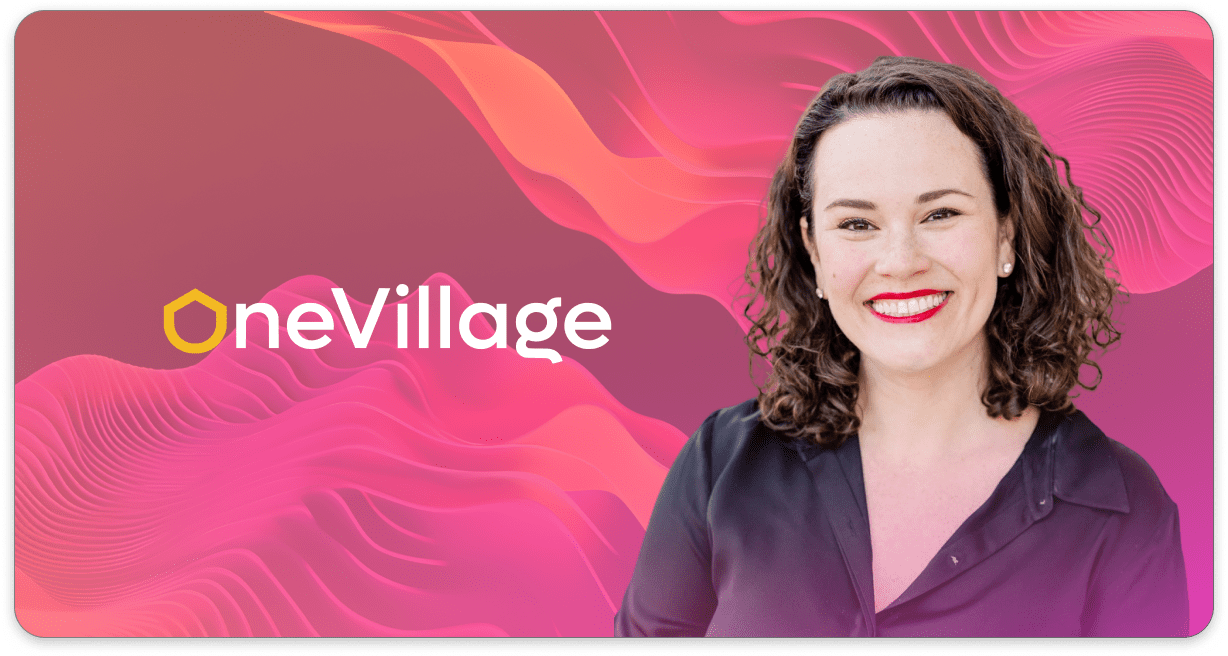
In industries like insurance, finance, healthcare, and energy, marketing teams live under a regulatory microscope. However, these regulations don’t have to stifle creativity. Smart content strategies can pair compelling storytelling with compliant copy, and doing so can become a competitive advantage. Here’s how:
1. Balance Compliance & Creativity
Regulated industries often fall into one of two traps: overly safe, bland messaging that fails to engage, or flashy creative assets that risk compliance violations. The key is safely toeing the line.
One effective tactic is leaning on thought leadership and educational content rather than promotional claims. Compliance issues often stem from performance promises or exaggerations. Shifting toward expert-driven commentary helps avoid those minefields.
Companies should also build content templates and systems that embed required language, like disclaimers, disclosures, and risk statements. This way, creatives don’t reinvent compliance each time, and they don’t risk missing any disclaimers.
2. Get Legal & Compliance on Board Early
The later legal teams enter the process, the greater the chance that they can derail a campaign. Instead, integrate compliance review throughout content development:
- Start with defined disclosure playbooks and a “legal style guide” that lists approved language, terms to avoid, and required disclaimers.
- Use content workflows with gated approvals, version control, audit trails, and role-based access. In highly regulated industries, content operations systems often need features like audit logs, access controls, and compliance modules.
- Loop legal in earlier, during ideation or outline phases. This way, they can flag sensitivities before entire drafts are written.
This approach helps creative teams move faster while keeping compliance risk low.
3. Content Formats That Work in Regulated Markets
Consider which formats allow expression without violating regulations. Some high-leverage options are:
- Thought leadership and op-eds, which allow exploration of trends, visions, and expert commentary without promising product performance.
- Educational articles, explainers, and guides can focus on general knowledge, regulatory context, and best practices rather than “buy this now.”
- Whitepapers and reports convey sophistication and credibility, especially when backed by data and transparency,
- Video storytelling and interviews utilize narratives around real challenges, instead of using direct sales claims. These can humanize brands.
4. Tips for Building a Compliant Yet Creative Marketing Engine
The blueprint to establishing a smooth relationship between creative and design is simpler than you might think. As mentioned above, start by creating a living compliance playbook and update it as regulations or internal policies evolve. Then, train your marketing team on key regulatory constraints and red-flag language.
For new formats or ideas before full rollouts, get the legal team involved early; that way, they can flag any potential risks and help guide the deliverables. It’s also helpful to identify safe content zones (educational, macro commentary, and industry trends) vs. risky zones (making promises and guarantees).

Regulation doesn’t have to kill creativity. In fact, when done right, it becomes part of your brand’s trust and differentiation. By combining compliance-safe structures, early legal integration, and formats that prioritize education over overt selling, regulated organizations can tell compelling stories that educate, inspire, and resonate.
If you’d like help building compliant content engines that combine regulation and creativity seamlessly, T Palmer Agency can help you plan or audit your setup. To find out how we can help you make assets like playbooks, workflows, and messaging strategies, contact info@tpalmeragency.com.





